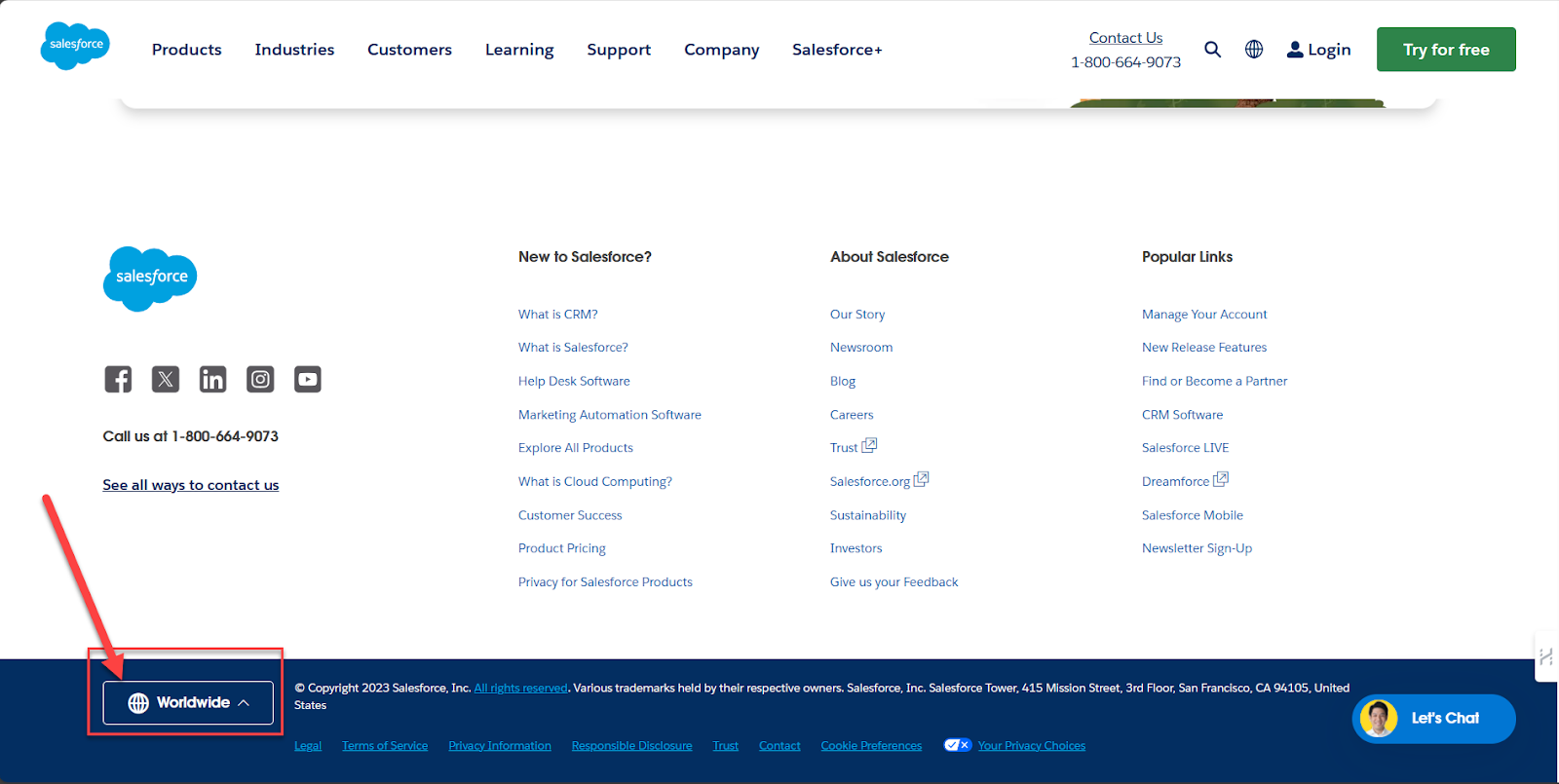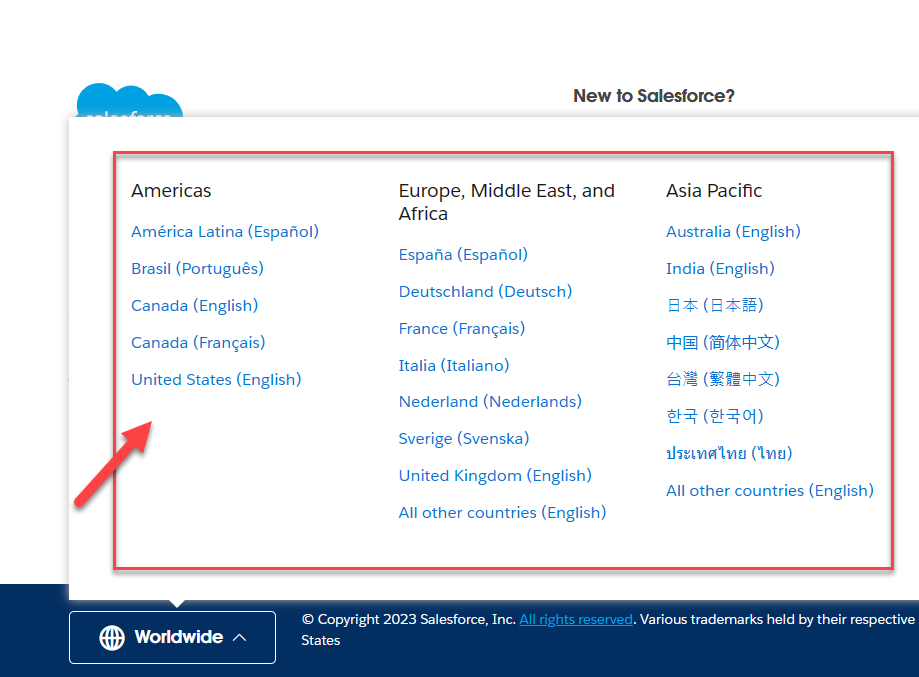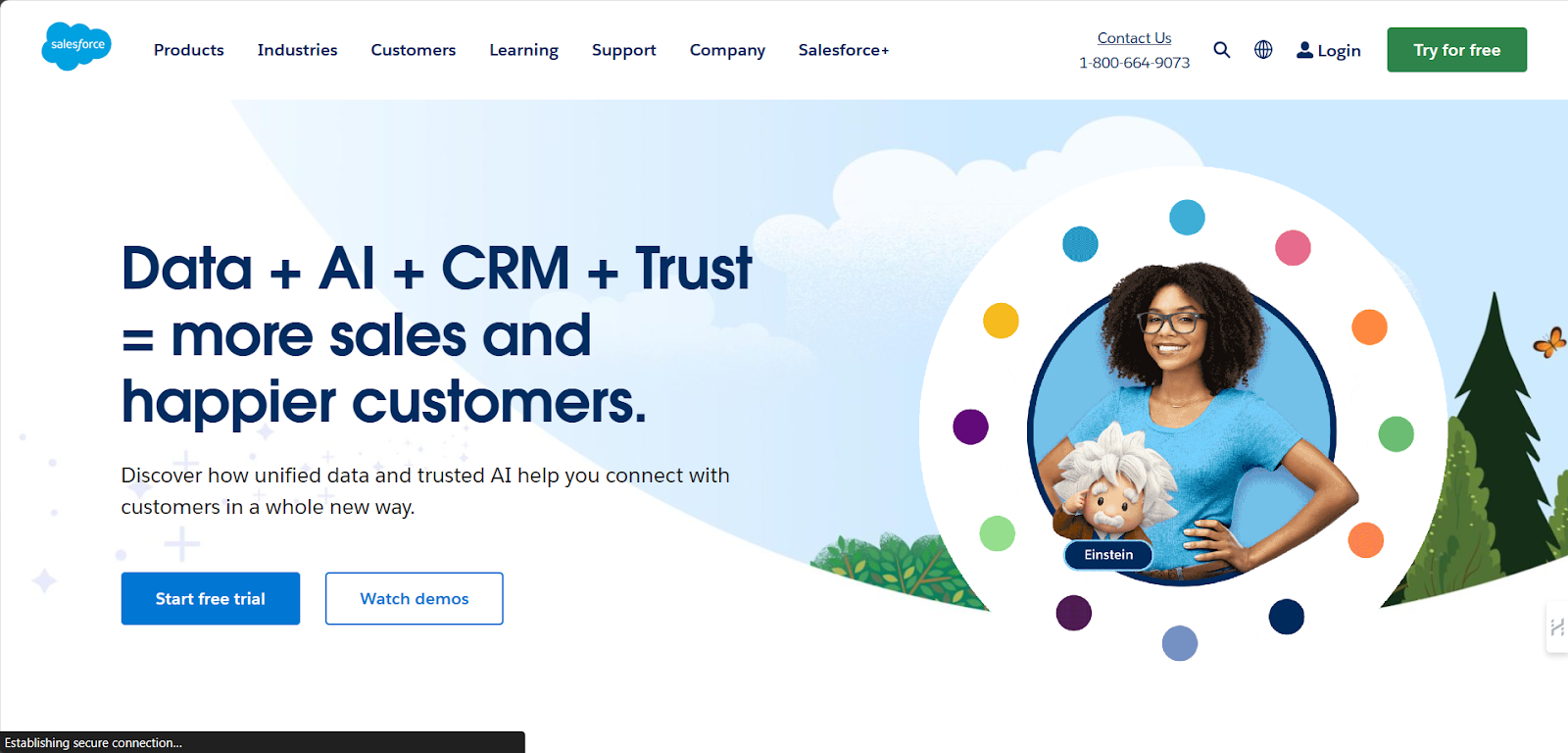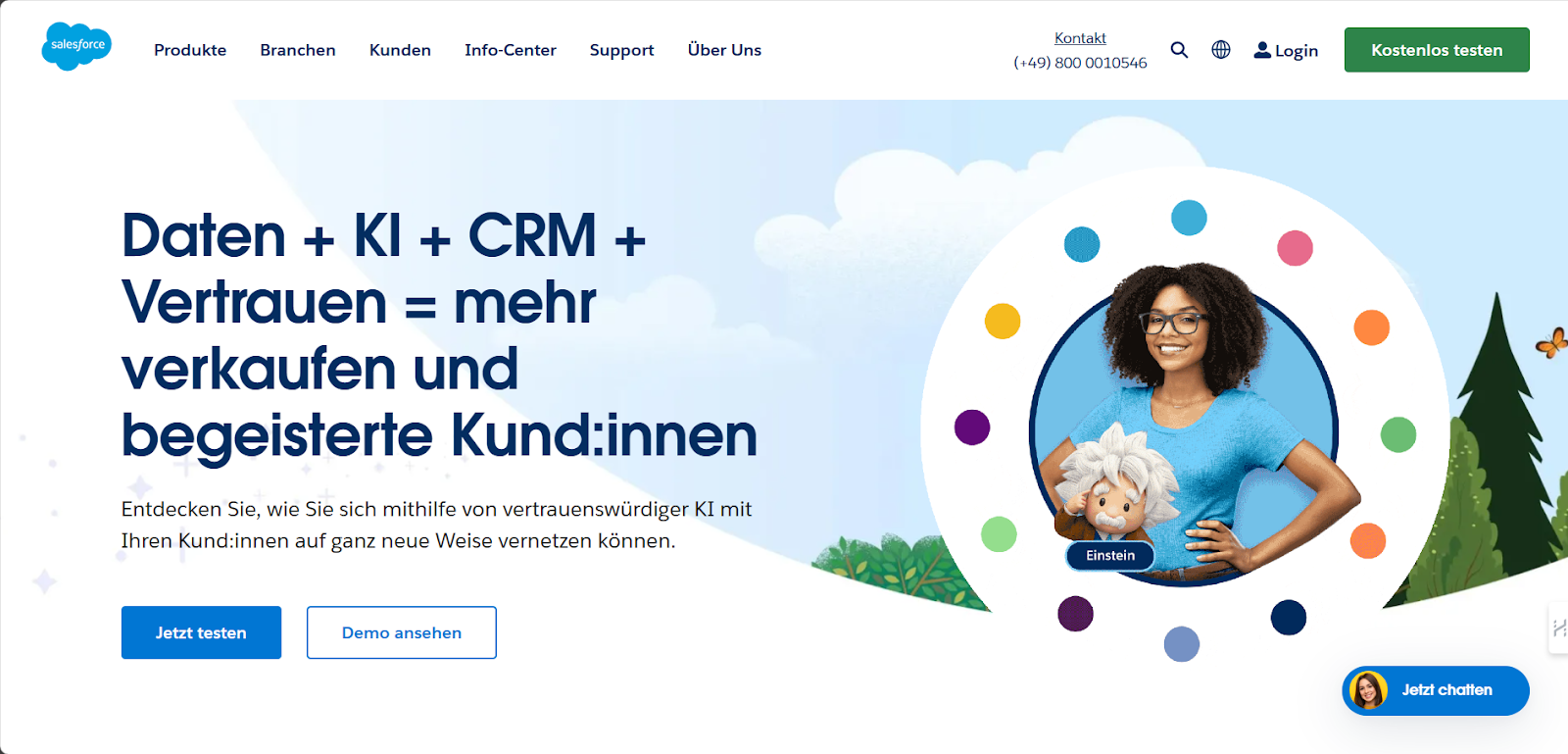Imagine this... Someone online recommends that you try out a hosting service called Opedia. The person told you about all the juicy stuff Opedia has...
Content Localization for SaaS Companies: How To Do It
-
7 mins read
-
December 13, 2023

Imagine this…
Someone online recommends that you try out a hosting service called Opedia. The person told you about all the juicy stuff Opedia has to offer, and you’re pretty convinced.
Now, you visit Opedia’s website to sign up, but you discover that the language used on the website is foreign. You don’t understand a thing.
How painful would that be?
Content localization helps to avoid such pain.
If you’re a SaaS company, (or any company at all), content localization will ensure that your content fits other languages and cultures.
But how?
Well, that’s the main essence of this article. You’ll learn how to implement content localization for your SaaS company, and all the benefits you can enjoy from doing so.
What Does Content Localization Mean for SaaS Companies?
Content localization is the process of modifying every content of your SaaS business to fit different regions. This often involves adapting to the language, culture, and preferences of other target audiences.
Now, this process of “adapting” includes:
- Adding multi-language support to the user interface of your software.
- Mindful translation of everything on your company’s website into multiple languages.
- Translating, converting, and customizing your marketing campaign materials to match the culture of your target audience.
The image below shows how Salesforce implements localization by providing a one-click region change button on its website.
Default view:

When you click the button on Salesforce’s website, a list of regions and languages appears, as shown below.

Immediately you switch to another region, the Salesforce website translates all the text and changes the overall view to localized content.
Here’s what Salesforce’s homepage looks like for the United States (English):

And here’s what you’ll see after switching to Deutschland (Deutsch):

Can you see how smoothly the homepage content gets translated?
You can do the same and even more for your SaaS company. Just follow the guide below.
Step-By-Step Guide To Content Localization for SaaS Companies
Hold on, there’s something you need to know first.
Before you can localize your SaaS content, you need to have a good content localization strategy. It’s nothing complicated; it’s only a strategy that defines how you adapt and tailor your content to meet the needs of your specific audience or market.
Here’s how to kickstart content localization for your SaaS company.
Step #1: Analyse Your Goals
You must assess where you stand in the scheme of things before dashing ahead to localize your content. Analyze what exactly the company needs, and what it aims to accomplish with localization.
Are you aiming to drive more traffic to your SaaS website, enhance customer satisfaction, or increase revenue?
Let your answers guide how you approach the localization of your business content.
Step #2: Conduct Market Research
Get deep into understanding your target audience and analyzing your competitors. Dig deeper into search engine results to see which competitor ranks higher in your target region.
Also, go through the content on your website and check the ones that might require extra attention when localizing them.
An example of such content is your Terms and Conditions page. Double-check it to ensure the conditions written inside match your target market. If your terms and conditions differ based on location, be careful to emphasize that even in your localized content.
Step #3: Explore Available Resources
Take a closer look at your resources—budget, timeline, and team roles. Consider the overall business landscape and what stakeholders are expecting.
Such careful examination will help you prioritize content, select the appropriate localization services, and execute your final plan confidently.
Step #4: Make Your Decisions
Once you’ve done a robust analysis, your next focus should be deciding how things will go down. Identify the critical content to focus on and ensure you give special attention to specific parts of the user journey.
Decide on the following:
- How often will you review and update the localized (final) content?
- Do you want the localized versions to have additional information?
- How can you remove bottlenecks to speed up the localization process?
Whatever you decide on at this stage will determine your next line of action.
Step #5: Take Action
Once you’ve done your analysis and concluded how you want things to go, the final step is to itemize the actions you’ll take. Here’s a good list of action plans you can include in your strategy:
- Get your original content formatted properly in preparation for translation to another language.
- Set up a team of expert translators and reviewers. (or hire an agency to translate and review for you)
- Develop unique style guides, glossaries, and any other language asset that can speed up the localization process.
- Set up the localization software to be used or have a localization expert set things up for you and carry you along the process
- Deploy localized content to appropriate platforms and channels (website, app, or social media)
Now, if you’re still trying to decide if localization is worth it, take a cue from these successful SaaS products with localized products.
Top 3 SaaS Products That Are Localized
Many big players in the SaaS industry understand the power of content localization and have been using it to their advantage.
Here are three solid examples of SaaS companies with localized SaaS products:
1. Slack
Slack is a team communication platform developed by Slack Technologies.

The cloud-based software has a well-defined content localization. It allows users to easily switch between different languages. It’s no wonder why Slack has become a popular choice for millions of users globally.
As at the time of this blog post, Slack has an estimated 32.3 million daily active users.
2. Canva
Canva is a 100% online graphic design platform used for creating sleek images, presentations, logos, PDFs, Resumes, and even videos.

The cloud-based software is available in 100+ languages, which explains its enormous user base in 190 countries worldwide. And based on Q4 data for 2023, Canva boasts a total of 135 million active monthly users.
3. Dropbox
Dropbox is a popular file hosting service owned by the American company Dropbox, Inc., which has its headquarters in San Francisco, California, U.S.
The Dropbox service mainly covers cloud storage, file synchronization, personal cloud, and client software. Dropbox’s localization strategies have made the SaaS software accessible to users in 22+ languages.
The company also provides localized customer support and frequently adapts its marketing campaigns to its target market. These efforts pay off, as Dropbox currently boasts over 700 million registered users worldwide.
Looking at these successful companies, it’s fair to say that content localization is worth it. But do you know the types of content you should localize?
Types of SaaS Content to Consider for Localization
From your software’s interface to your marketing campaigns, you should localize as much as you can. Here are some suggestions to help you:
- Website Content
Localize all the pages on your website, including landing pages, product descriptions, and customer testimonials. This ensures that visitors from different regions can easily understand your offerings.
- User Interface (UI) and User Experience (UX)
If applicable, localize the software’s user interface to cater to users in different regions. This includes buttons, menus, and other interactive elements. A seamless user experience will enhance the adoption of your SaaS software.
- Knowledge Base and FAQs
Localize your knowledge base articles and frequently asked questions. This is an opportunity to provide comprehensive support in the language and context relevant to your target market.
- Marketing Materials
Adapt marketing materials such as brochures, presentations, and sales pitches to resonate with your target audience’s cultural preferences.
- Blogs and Articles
Create content that addresses region-specific challenges, trends, and interests. This positions your company as knowledgeable about the local market.
- Customer Success Stories and Case Studies
Highlight success stories from clients in the targeted region. Such stories add a local touch and demonstrate the effectiveness of your SaaS solution in that market.
- Email Campaigns
If you run email marketing campaigns, tailor your messages to suit the cultural context of the target audience. This includes language, tone, and content.
- Social Media Content
Localize social media posts to align with different regions’ cultural norms and current events. That’s the best way to ensure your social presence is engaging and relevant.
- Legal and Compliance Documents
Ensure that legal documents, terms of service, and compliance-related content are localized to meet the legal requirements of specific regions.
FAQs on Content Localization for SaaS Companies
1. What Is SaaS Content Localization?
Content localization for SaaS aims to make users feel like your product was created specifically for them. An effective way to achieve this goal is to tailor your content to the user’s cultural context.
2. How Do I Create a Content Localization Strategy?
Start by identifying the culture and language in your target regions. Conduct thorough research and understand what your target audience needs. Afterward, determine which content to localize and choose the right translation partners and tools.
3. What Is Content Translation in SaaS?
Content translation is the process of converting the primary language of a software-as-a-service (SaaS) product to meet the language, cultural, and functional requirements of specific target markets. This typically includes translating the content on the user interface, blogs, and ensuring compatibility with local regulations and standards.
Conclusion
Content localization helps you reach a global audience effectively. It’s a nuanced process that can propel your SaaS company above competitors when venturing into international markets.
If you want to do things right, don’t look for shortcuts. You can start by following the steps we’ve highlighted in this article.
Cheers.
